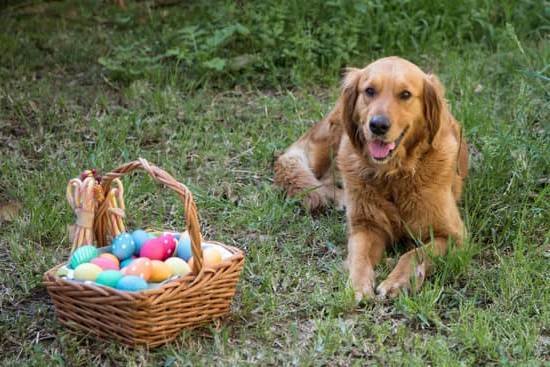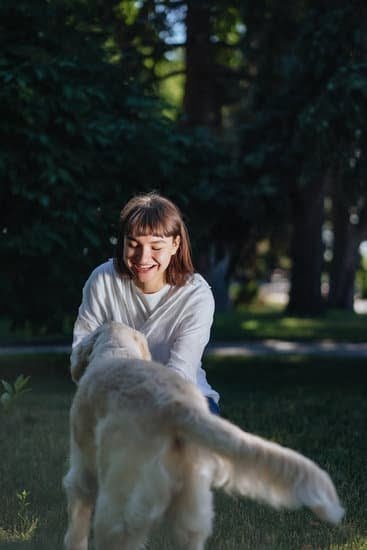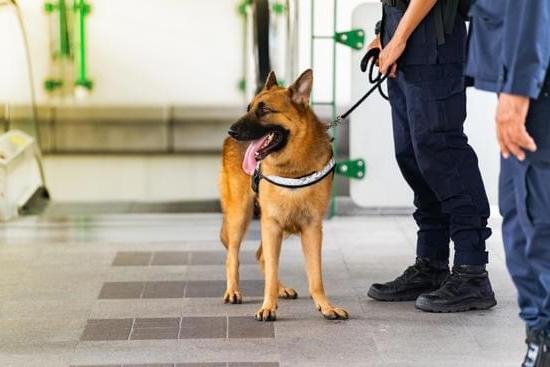Crate training a dog overnight can be a bit tricky, but it can be done. The key is to be consistent and to keep your expectations realistic.
The first step is to familiarize your dog with the crate. Place the crate in a quiet, comfortable spot in your home and put some of your dog’s favorite toys and treats inside. Let your dog explore the crate on his own and don’t force him to go inside.
Once your dog is comfortable with the crate, start using it for short periods of time. Put your dog in the crate for a few minutes at a time and gradually increase the length of time. If your dog starts to whine or bark, don’t give in and let him out. This will only reinforce the behavior.
The next step is to try crate training your dog overnight. Start by putting your dog in the crate for a short period of time (15-30 minutes) and gradually increase the length of time. If your dog whines or barks, wait until he stops before letting him out.
It may take a few nights for your dog to get used to sleeping in the crate overnight, but be patient and consistent. With a little bit of patience and perseverance, you can successfully crate train your dog overnight.
Crate Trained Dog Started Barking
in Crate
Q: My crate-trained dog has started barking in his crate. What could be causing this and how can I stop it?
There are a few potential causes for this behavior. One possibility is that your dog is barking because he’s uncomfortable or anxious in the crate. This could be due to factors such as the size of the crate, the type of crate, or the location of the crate. If your dog is uncomfortable or anxious in the crate, you can try to make the crate more comfortable for him by adding some blankets or toys, or moving the crate to a more desirable location.
Another possibility is that your dog is barking because he’s bored or lonely. If your dog is spending a lot of time alone in the crate, you can try to give him more toys or activities to keep him occupied. Alternatively, you may need to start spending more time with your dog outside of the crate.
If your dog is barking for any other reason, such as to get attention or because he’s excited, you’ll need to work on correcting the behavior. One way to do this is to start by teaching your dog to “speak” or “quiet” on cue. Once your dog is responding consistently to these commands, you can use them to help stop the barking. You can also try to redirect your dog’s attention to something else when he starts to bark, such as a toy or a treat.
Crate Training Bernese Mountain Dog Puppy
The crate is an excellent tool for house training your Bernese Mountain Dog puppy. It serves as a place for your puppy to sleep and relax in, and helps to train your puppy to eliminate outdoors.
The first step in crate training your Bernese Mountain Dog puppy is to get him used to the crate. Place the crate in a room where your puppy spends a lot of time, and put some of his toys and bedding in the crate. allow your puppy to explore the crate on his own. Once your puppy is comfortable going in and out of the crate, you can start using it to house train him.
Whenever you catch your puppy eliminating indoors, take him to the crate and say “crate”. Put him in the crate and close the door for a few minutes. Once he has eliminated outdoors, praise him and let him out of the crate.
It is important to be consistent with crate training your Bernese Mountain Dog puppy. Make sure you take him to the crate every time you catch him eliminating indoors, and praise him when he eliminates outdoors.
How To Use A Dog Crate For Training
When training a dog, it is important to use positive reinforcement. One way to do this is to use a dog crate. A dog crate can be a helpful tool for house training a dog, as well as for crate training a dog.
When using a dog crate for house training, it is important to put the dog in the crate when it is not able to be supervised. This will help to prevent the dog from having accidents in the house.
When crate training a dog, it is important to make sure that the dog is comfortable in the crate. The crate should be big enough for the dog to stand up, turn around, and lay down in. The dog should also have a bed or some other type of soft bedding in the crate.
It is important to make sure that the dog is given enough time to get used to the crate. The dog should not be left in the crate for too long, and should be allowed to come out of the crate when it wants to.
A dog crate can be a helpful tool for house training a dog, as well as for crate training a dog. When using a dog crate for house training, it is important to put the dog in the crate when it is not able to be supervised. This will help to prevent the dog from having accidents in the house. When crate training a dog, it is important to make sure that the dog is comfortable in the crate. The crate should be big enough for the dog to stand up, turn around, and lay down in. The dog should also have a bed or some other type of soft bedding in the crate. It is important to make sure that the dog is given enough time to get used to the crate. The dog should not be left in the crate for too long, and should be allowed to come out of the crate when it wants to.
Crate Training An Older Dog With Separation Anxiety
Many people think that crate training is only for puppies, but it can be a very helpful tool for older dogs, too. If your dog has separation anxiety, crate training can help to reduce her anxiety and make it easier for you to leave her home alone.
The key to successful crate training is to make the crate a positive place for your dog. Start by putting some of her favorite toys and treats in the crate, and make sure that she has plenty of opportunities to go in and out of the crate on her own. When she’s comfortable going in and out of the crate, start closing the door for short periods of time. Gradually increase the amount of time that she spends in the crate, but always make sure that she has plenty of opportunities to potty and get some exercise.
If your dog starts to get anxious when she’s in the crate, you can try to calm her down by offering her a few treats or by playing with her favorite toy. You can also talk to her in a soothing voice or give her a belly rub. If your dog is really anxious, you may want to consult with a behaviorist or trainer who can help you to create a training program that will work best for her.

Welcome to the blog! I am a professional dog trainer and have been working with dogs for many years. In this blog, I will be discussing various topics related to dog training, including tips, tricks, and advice. I hope you find this information helpful and informative. Thanks for reading!





